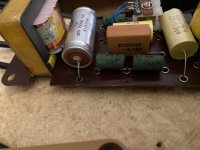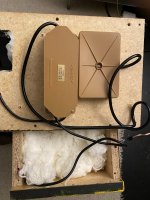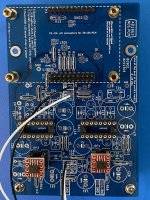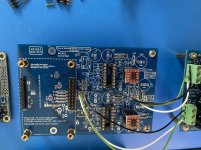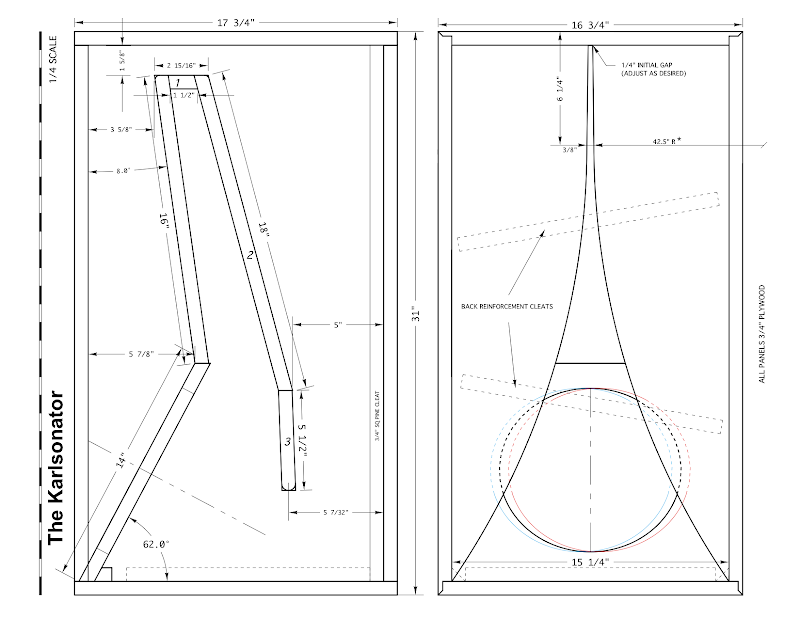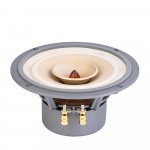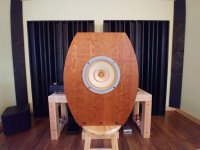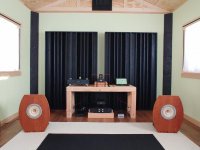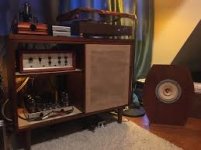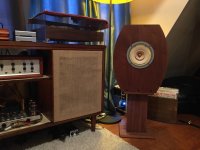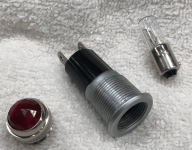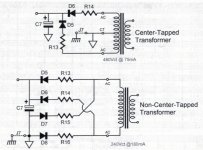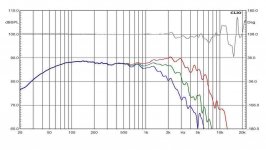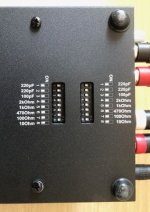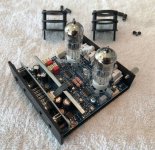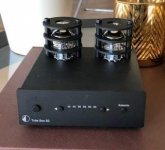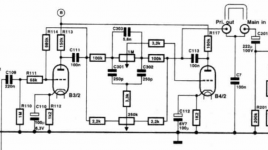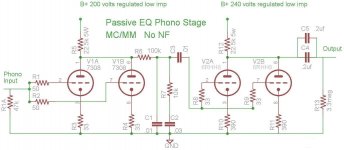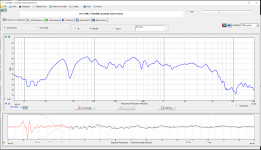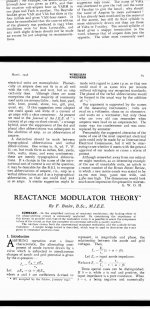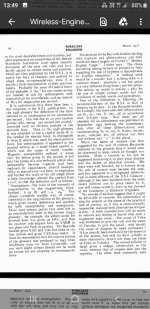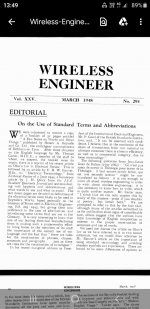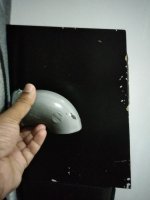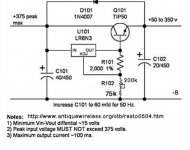Greetings all,
Over the years in the hobby, I had accumulated many parts/drivers. Now that I am building the "dream speaker" TM, LOL, with TAD1601A that I acquired, I need do start selling them.
Before I put them on e-bay or other web-sites, I thought to offer them to the members first. As I had never done such, I have been thinking that I would provide history/description, and based on interest/requests, I can take hi-resolution pictures,
e.g., with ohmmeter attached to show the integrity/resistance of the voice coil. Please let me know if this is acceptable.
1. JBL2226J, i.e., the 16 Ohm version
I have acquired a pair from Erich H,
DIY SOUND GROUP. As I understand, they came from a church installation. I intended to experiment with PPSL, but the project never materialized, so that they were sitting in the shipping boxes ever since.
I think that a fair price would be $500 for the pair shipped, but I am opened to offers.
2. Acoustic Elegance TD-15M, the 8 Ohm version
I had purchased the pair directly from Acoustic Elegance,
AE Speakers by Acoustic Elegance. I had measured both of them for T/S parameter, which I perhaps may still find. I built an enclosure and one of the drivers was briefly mounted and measured. However, shortly afterwards I acquire ALTEC 515B, which I had re-magnetized by Great Plains Audio,
Home - Great Plains Audio, and briefly used them in the cabinets.
Since the woofers are essentially new, I think that a fair price would be $850 for the pair shipped, but again, I am opened to offers.
3. ALTEC 515B
I am not quite sure whether I really want to sell these, but, I am still putting them here for a consideration.
The drivers were acquired by an exchange from the late Dr. Bruce Edgar, and as noted above, sent to be re-magnetized by Great Plains Audio,
Home - Great Plains Audio. I used them in the above-mentioned cabinet for a while. Unfortunately, the drivers have not performed in the cabinets, so they were removed and stored.
If there were serious interest, I would have to ask for $3000 for the pair, and I will not negotiate. Unlike the previous drivers, which are still available/produced, the 515B's supply is limited, furthermore, given the AlNiCo magnet, even the currently GPA produced have been steadily increasing in price.
Please let me know if you have any questions.
Kindest regards,
M
